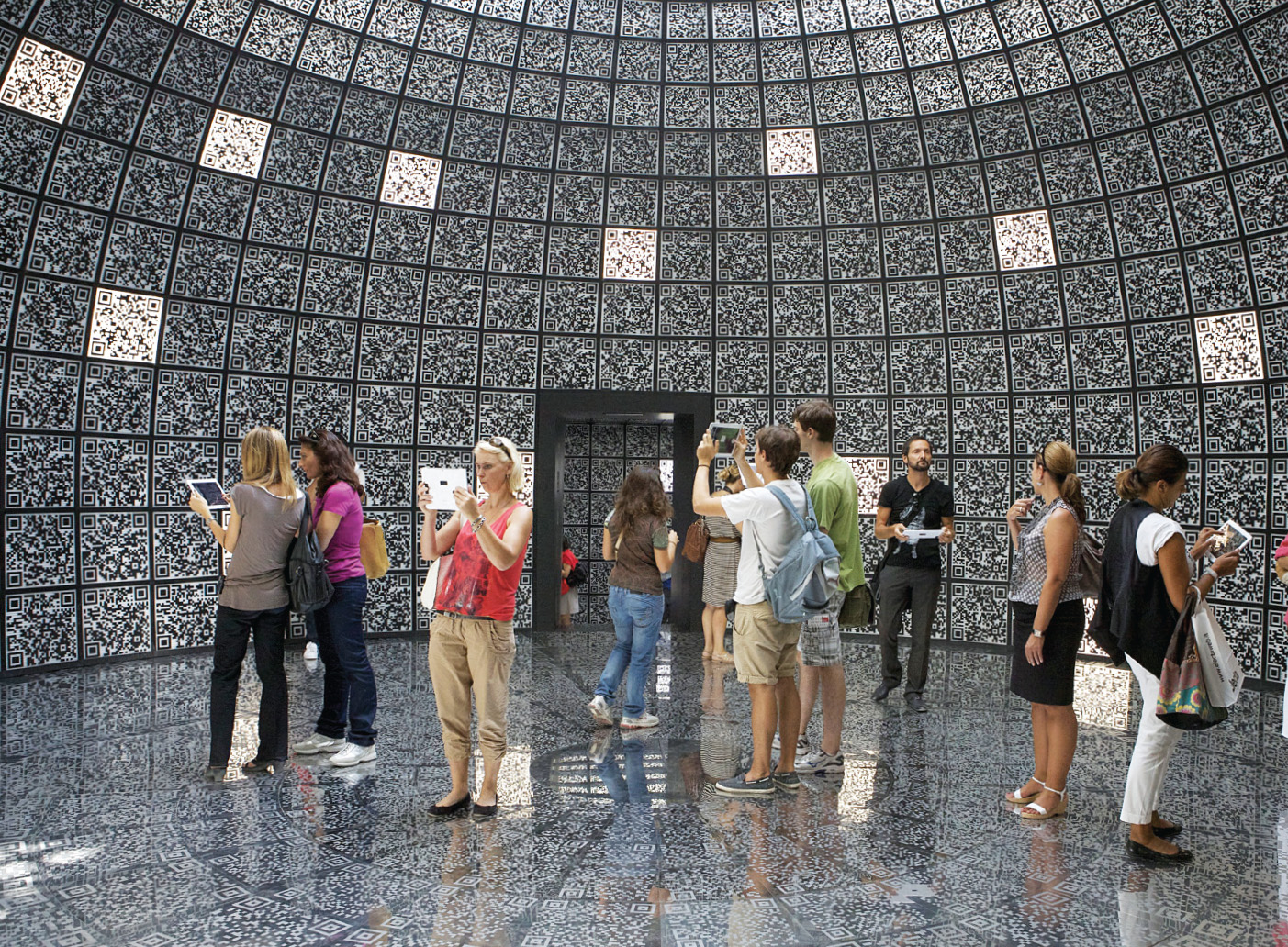Introduction for Chapter 30
30 Life in an Age of Globalization
1990 TO THE PRESENT
On November 9, 2009, the twentieth anniversary of the opening of the Berlin Wall, jubilant crowds filled the streets around the Brandenburg Gate at the former border between East and West Berlin. World leaders and tens of thousands of onlookers applauded as former Polish president Lech Wałęsa pushed over a line of one thousand eight-foot-tall foam dominos, symbolizing the collapse of communism.
The crowd had reason to celebrate. The revolutions of 1989 had opened a new chapter in European and world history. Capitalism spread across the former East Bloc and Soviet Union (now the Russian Federation and fourteen other republics), along with the potential for political reform. Some of these hopes were realized, but the new era also brought problems and tragedies. The process of remaking formerly Communist societies was more difficult than expected. In addition, across the West and around the world, globalization, the digital revolution, and the ongoing flow of immigrants into western Europe had impacts both positive and negative.
As Europeans faced serious tensions and complex changes in the twenty-first century, they also came together to form a strong new European Union that would prove a formidable economic competitor to the United States. Ties between western Europe and the United States began to loosen, but Europe and North America — as well as the rest of the world — confronted common challenges. Finding solutions to problems in the Muslim world and addressing challenges regarding economic growth, energy needs, the environment, and human rights would require not only innovation but also creative cooperation. ■

CHAPTER PREVIEW
Reshaping Russia and the Former East Bloc
How did life change in Russia and the former East Bloc countries after 1989?
The New Global System
How did globalization affect European life and society?
Toward a Multicultural Continent
What are the main causes and effects of growing ethnic diversity in contemporary Europe?
Confronting Twenty-First-Century Challenges
What challenges will Europeans face in the coming decades?
Chronology
| 1980s–1990s | Emergence of globalization |
| 1990s–2010s | New waves of legal and illegal immigration to Europe |
| 1991 | Maastricht Treaty |
| 1991–2001 | Civil war in Yugoslavia |
| 1992–1997 | Decline of Russian economy |
| 1993 | Creation of the European Union |
| 1999 | Protests against WTO in Seattle |
| 2000–2008 | Resurgence of Russian economy under Putin |
| 2001 | September 11 terrorist attack on the United States; war in Afghanistan begins |
| 2002 | Euro replaces national currencies in Eurozone |
| 2003–2011 | Iraq War |
| 2004 | Train bombings in Madrid by Islamic extremists |
| 2005 | Young Muslims riot in France; subway bombing in London by Islamic extremists |
| 2008 | Worldwide financial crisis begins |
| 2009 | Ratification of Treaty of Lisbon; young Muslims riot in France |
| 2011 | Start of Arab Spring |
| 2012–2013 | Mass protests against government austerity plans in Greece and Spain |
| 2013 | France legalizes same-sex marriage |